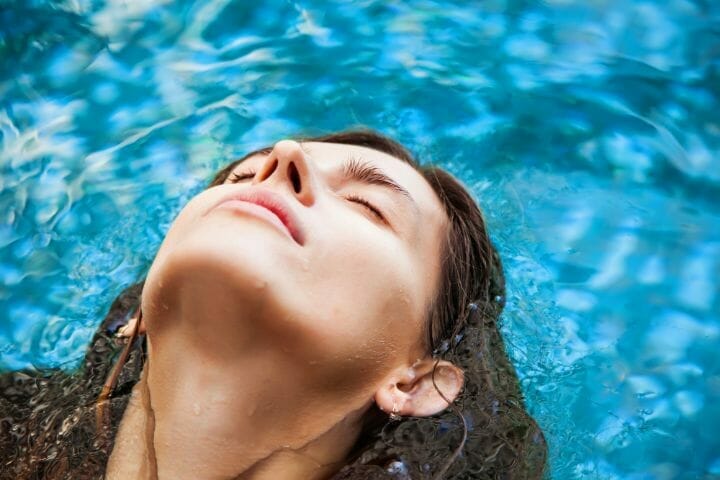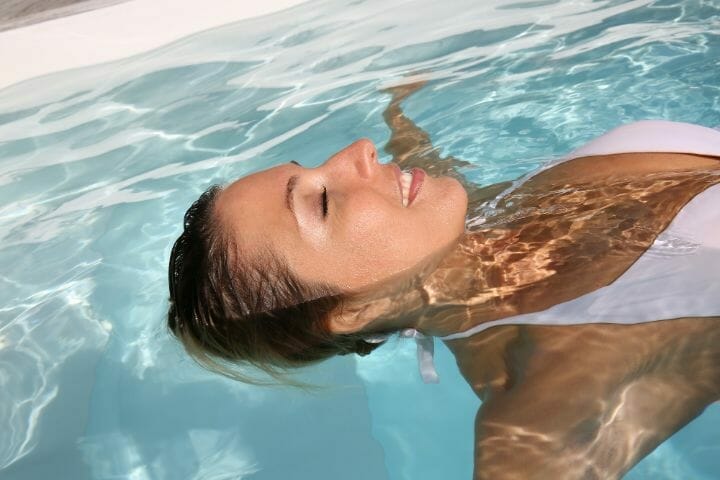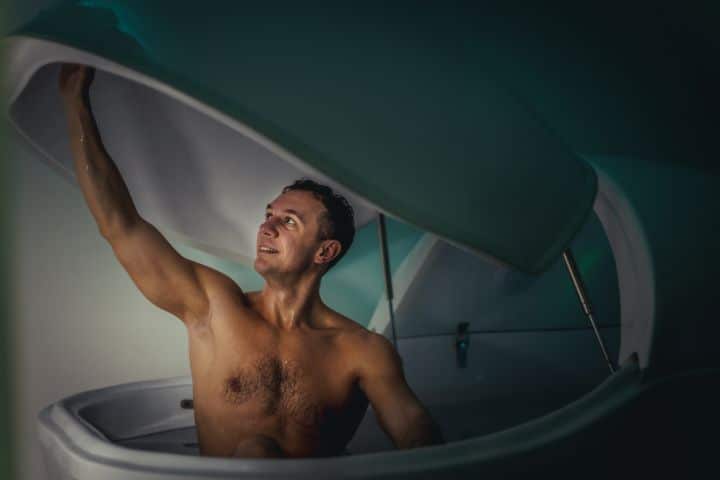You’ve experienced floatation therapy enough to know that you want to have one in your home, for your whole family to experience. You can definitely purchase a pre-built tank or you can build one to feet your own specifications – depending on your needs.
Once you have the physical tank, there will still be some set up for these tanks to make sure you can use them the way the proper way. This article will focus mostly on information for those who are building their own float tank, and are not purchasing one pre-built. Here’s what you need to know about preparing your very own float tank.
Contents
Pre-Built or DIY
Before you start to consider the insides of the tank, you’ll need to decide on the outside. Will you be buying one that is already built or are you going to build your own float tank? This is going to be the first decision to be made and will affect the remainder of decisions from there.
Lighting
When you’ve built your own tank, it will be very dark inside. This is exactly what you want, in theory, but most people want some kind of lighting inside the tank so it’s not completely pitch blank when your in there.
If you want to cut off all the senses while you’re in the tank, and you’re comfortable in being in the complete dark, you might not need any lighting inside the tank.
If this is the case, you’ll still probably want some kind of lighting outside the tank area so you can see what you’re doing getting in and out.
The walls inside your tank can be any color you want them to be, and they don’t have to be black – contrary to popular belief – especially if you aren’t going to have any light inside. The walls could be white, even, because if there are no holes in the physical part of the tank then there won’t be any light.
If you are going to have some lighting inside, you have a few options to select from that will work for the inside if your tank. Most people who build their own tanks choose LED lighting for the inside, and the amount of lights depends on the amount of lighting you want inside the tank.
People with their own tanks at home choose anywhere from one or two small strings of lights to a full-blown, starry sky. Not having any lights will be the most budget-friendly, but it’s really up to your own personal preference. You will want to make sure that you have the appropriate setup for the lighting so that everything is wired correctly.
You may also like Best Heating Pads for Sciatica
Sound
This part of the tank set up is two fold: you want to remove all the outside noise during your float, but you may also want to have some sound inside the tank for relaxing music during your float session.
There are a couple ways you can remove outside noise from inside the tank so that you can get the most of your floating session.
Insulation
This insulation can be purchased at your local home improvement store, and will be used for sound insulation. It will be similar to the product used when sound-proof rooms are built. It’s fairly inexpensive to purchase and can help remove all outside noise.
The only downside to this is you will have to take extra steps to make sure the insulation is well sealed off from the water part of the tank. Insulation would hold a lot of moisture and become the perfect situation for mold and bacteria to grow. It’s especially important to keep the water sealed off so that your float tank stays clean.
Ear Plugs
This is likely the cheapest and easiest, way to remove all the sound from outside the tank while you’re enjoying your float session. Ear plugs can be easily purchased and often are fairly budget-friendly.
If you choose to use earplugs, you won’t have to worry about purchasing extra insulation while building your tank. You will still have to make sure the water part is sealed off so that mold and bacteria don’t grow, but you don’t need that extra layer inside the tank.
Additionally, if you don’t have the budget for buying insulation for the tank (and maybe you really don’t want to) if you make sure that you place the tank in an area of your home that is pretty quiet to begin with and you use ear plugs you’ll likely find that you get a very peaceful experience.
You may also like TENS Machine Pad Placement For Knee Pain
Some people install a sound system or speakers inside the tank because they enjoy their experience with some relaxing music, but you don’t have to. If you want to install something like this so that you can fully relax, you’ll want to find a sound system that is meant to be used outside and is safe against moisture.
It’s important to note, though, that this addition can add a lot to your budget so if you’re already tight on the budget you may not be able to do this and it should be a consideration before you start building the tank.
Water Chemistry
Even if it seems like it is just water in a floatation tank, it’s not. The water chemistry in a float tank is important, especially to make sure the water is not breeding bacteria.
To avoid any kind of things growing on the walls of your float tank, it’s a good idea to clean the tank and the water regularly. Many users will run the filters in their float tank before and after each float session, and that’s pretty good in terms of keeping the water clean – especially if it’s used frequently. In addition to running the filters, it’s important that you wipe down the walls of the tank to keep moisture from building up on the inside.
There are lots of options for water quality in a float tank, even an at-home DIY one. Before you make a decision on what kind of water quality you want, though, you need to carefully examine how much each option will cost you. Some of them can easily run up thousands of dollars in regular maintenance so be careful.
Thankfully, though, there are many filters on the market that are budget-friendly and easy to find. Filters for swimming pools, fish tanks or even regular home water filters can work for the tank you’re building.
After you have filtered the water, you will still need to make sure you are killing off any possible bacteria that is growing in the water. Most people who have at home float tanks will use one of the following options
- UV Lights
- Ozone
- Hydrogen Peroxide
- Chlorine or Bromine
You will likely need to use more than one of these options to make sure your tank is as clean as possible. Most people with an at home float tank will use UV lights in combination with hydrogen peroxide. These two things are the most budget friendly, it’s low risk and pretty low regular maintenance.
For safe measures, you may also want to check the pH levels regularly. Ideally, you will want to aim for pH between 6.5 and 7.5.
You may also like Best Shockwave Therapy Machines for Home Use
Water Temperature
You probably don’t want to get into water that’s freezing to help you relax, so the water temperature is going to be important when building your tank. There are a couple of ways to heat up the water inside your tank, and one isn’t really better than the other but it does come down to personal preference.
When building your own float tank, people use waterbed heaters, pool heaters, fish tank heaters, and even regular water heaters used in a home. The most popular option for DIY float tanks seems to be waterbed heaters because they are pretty cheap, make very little noise and usually have their own thermostat.
In addition to this, you will want to make sure there is some kind of ventilation inside your tank. If the air isn’t circulating, and the tank is too air tight, then you will suffocate inside it. Many people will use computer ventilators as they’re also pretty quiet when running and easy to get.
If you’ve been using float therapy for a while and want to have your own at home, you can definitely build one. They can be purchased, pre-built, if you want but those units are pretty expensive and may not give you exactly what you want.
With some research and time, you can easily build your very own floatation tank so that you can relax any time you want in the comfort of your own home.
By making sure that you place the tank in a quiet part of your home will help make sure that you get the absolute best experience from every float session you do.
It’s important to make sure you keep your tank clear and the water well filtered so that you don’t experience any bacteria or unwanted viruses in the water. By keeping these things in mind, you’re well on your way to having your very own sensory deprivation tank in your home!
Now that you know what is a float tank, you should also read the benefits of a sensory deprivation tank.




